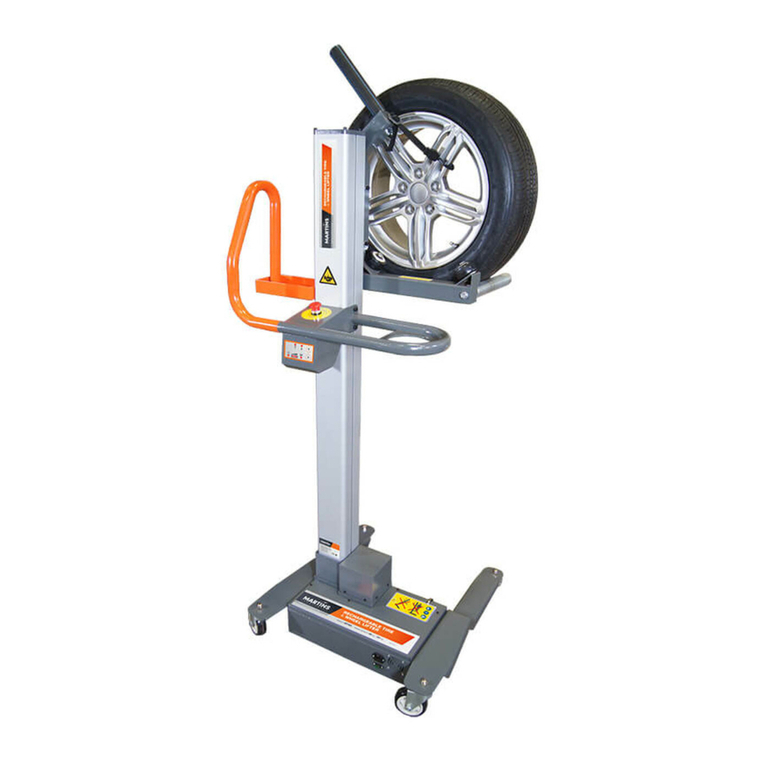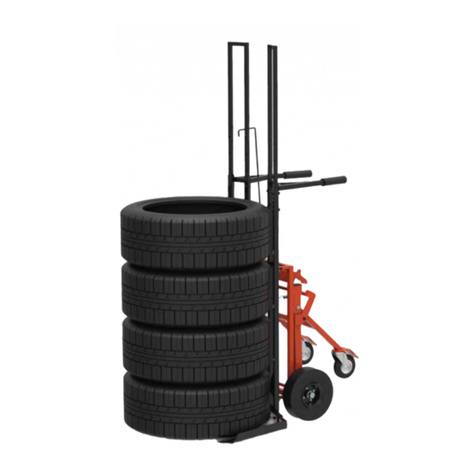
3
INSTRUCTIONS ORIGINALES
1. INTRODUCTION............................................................................................................................................................. 4
1.1. WARRANTY TERMS .................................................................................................................................................. 4
1.2. SECURITY.............................................................................................................................................................. 5
1.3. SPECIAL WARNINGS................................................................................................................................................. 6
1.4. PRECAUTIONAL AND ORGANIZATIONAL ACTIONS ............................................................................................................. 6
2. TECHNICAL DATAS......................................................................................................................................................... 7
2.1. SOLLEVATORE........................................................................................................................................................ 7
2.2. POWER SUPPLY CABLE............................................................................................................................................. 7
3. TRANSPORT AND ASSEMBLING......................................................................................................................................... 8
4. USE ........................................................................................................................................................................ 10
4.1 BATTERIES CHARGE............................................................................................................................................... 10
4.2 CONTROLS AND USE INSTRUCTIONS........................................................................................................................... 11
4.3 LED LIGHTS SIGNALS.............................................................................................................................................. 12
5. MANTEINANCE ........................................................................................................................................................... 13
5.1. CLEANING ........................................................................................................................................................... 14
5.2. POWER SUPPLY CABLE CONTROL.............................................................................................................................. 14
5.3. WHEELS CHECK FOR TRANSPORT.............................................................................................................................. 14
5.4. EMERGENCY BUTTON CONTROL ................................................................................................................................ 14
5.5. FORK ROLLERS GREASING....................................................................................................................................... 15
5.6. TRAPEZOID SCREW AND RUNNERS GREASING .............................................................................................................. 16
5.7. BATTERIES REPLACEMENT ...................................................................................................................................... 17
6. BREAKDOWN CAUSES OR INTERRUPTION .......................................................................................................................... 18
7. DISPOSAL.................................................................................................................................................................. 19
8. STICKERS ON WHEELIFTER ............................................................................................................................................ 19
9. SECURITY CONTROLS SUMMARY SHEET ............................................................................................................................ 21
10. ELECTRICAL SCHEME.................................................................................................................................................. 22
11. EXPLODED VIEW ........................................................................................................................................................ 23





























